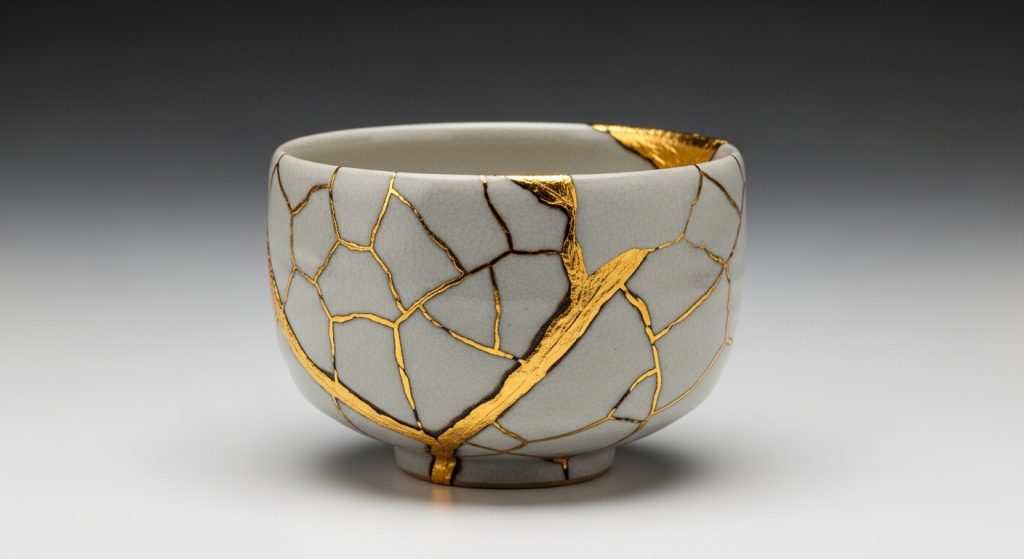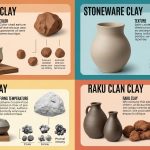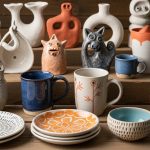In the heart of Japanese aesthetics lies a deeply philosophical and poetic art form known as Japanese broken pottery, or Kintsugi. Rather than discarding broken ceramics, Japanese artisans repair them with gold, turning damage into beauty. This unique approach reflects the country’s appreciation for imperfection, history, and emotional connection to everyday objects.
What is Japanese Broken Pottery (Kintsugi)?
Kintsugi (金継ぎ), meaning “gold joinery,” is the traditional Japanese art of repairing broken pottery with lacquer mixed with powdered gold, silver, or platinum. Instead of hiding cracks, Kintsugi highlights them, embracing the flaws as part of the object’s story.
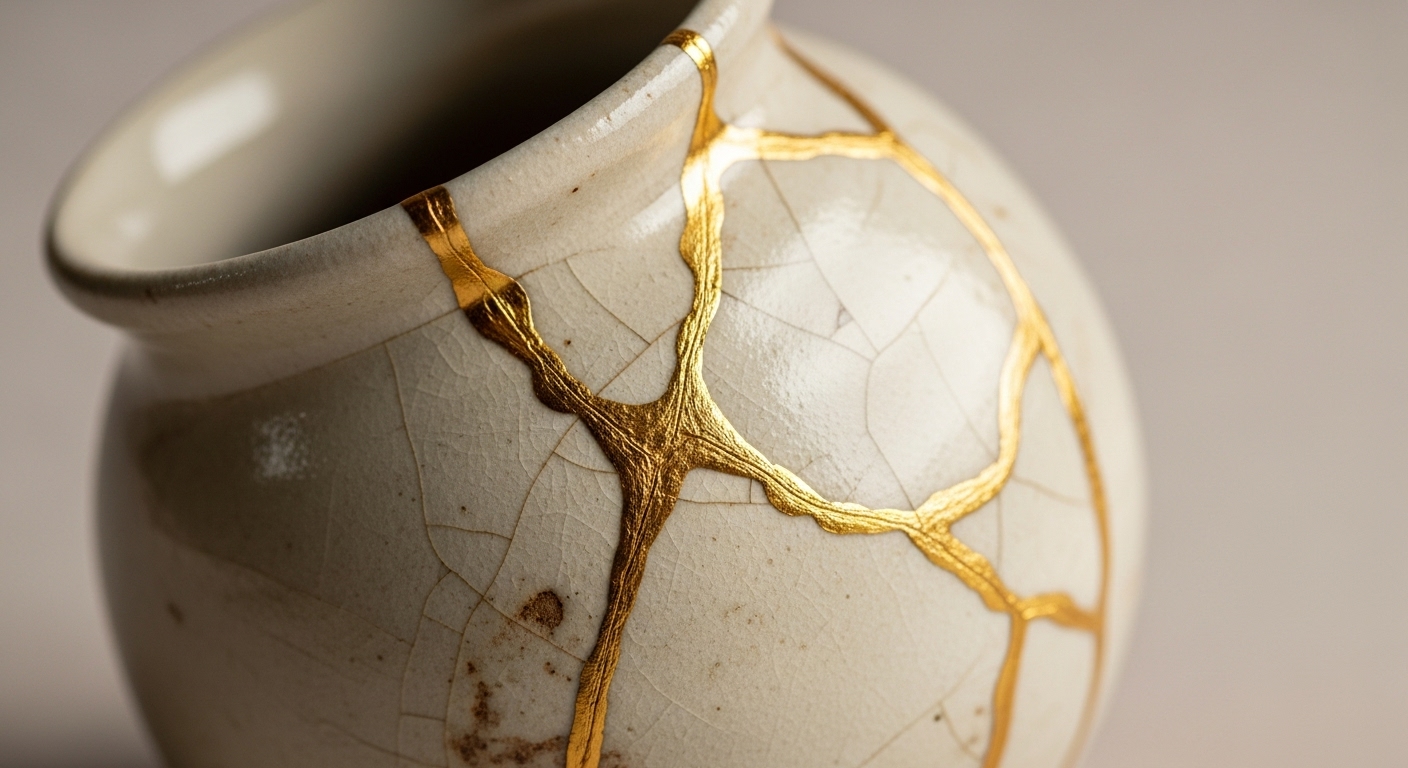
This technique transforms the item into something more meaningful than before—an idea rooted in the Zen philosophy of wabi-sabi, which finds beauty in imperfection and impermanence.
Gold Pottery in Japan: Beauty from Brokenness
Gold pottery in Japan, as seen in Kintsugi, is more than an artistic repair; it’s a celebration of resilience. Each golden seam represents a moment in the object’s life—its history, survival, and rebirth.
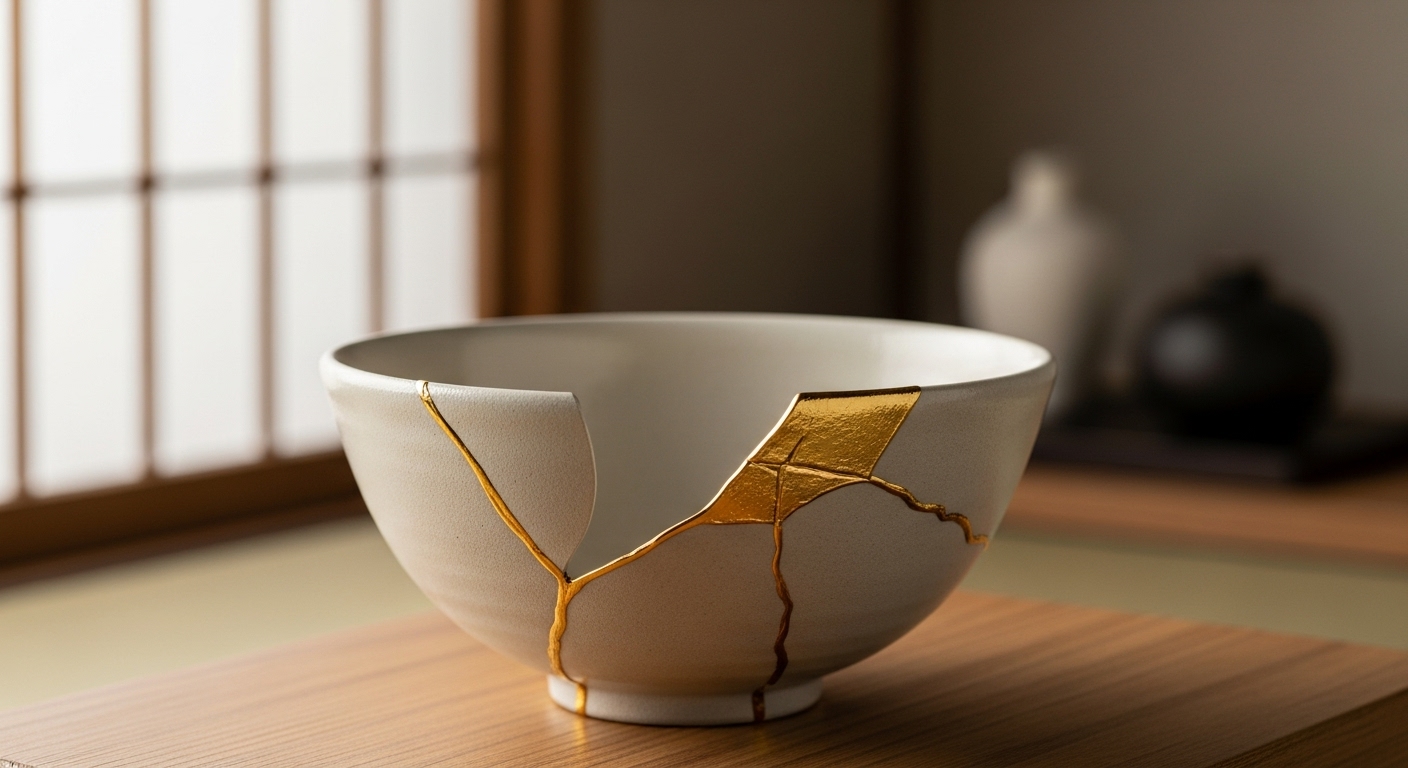
Collectors and ceramic lovers from around the world seek out Japanese broken pottery as it symbolizes healing, humility, and the acceptance of change. In recent years, modern ceramic artists have adopted Kintsugi-inspired styles in both functional and decorative pieces.
Japanese Pottery in Tokyo: Where Tradition Meets Innovation
If you’re in search of authentic Japanese pottery in Tokyo, you’ll find a vibrant mix of traditional workshops and modern galleries. Some notable areas include:

- Yanaka and Asakusa: Home to small studios where you can buy handmade Japanese earthenware.
- Aoyama and Daikanyama: Contemporary art galleries showcasing experimental Kintsugi work.
- Kappabashi Street: A hub for culinary and ceramic tools, ideal for collectors.
Many studios even offer Kintsugi workshops, allowing visitors to experience the philosophy of Japan broken pottery firsthand.
Japanese Earthenware: A Foundation for Kintsugi
Before it breaks and becomes a canvas for gold, the original ceramic is often Japanese earthenware—a rustic, hand-shaped form of pottery made from natural clay. Known for its earthy texture and muted tones, Japanese earthenware is commonly used in tea ceremonies, traditional cuisine, and everyday homeware.
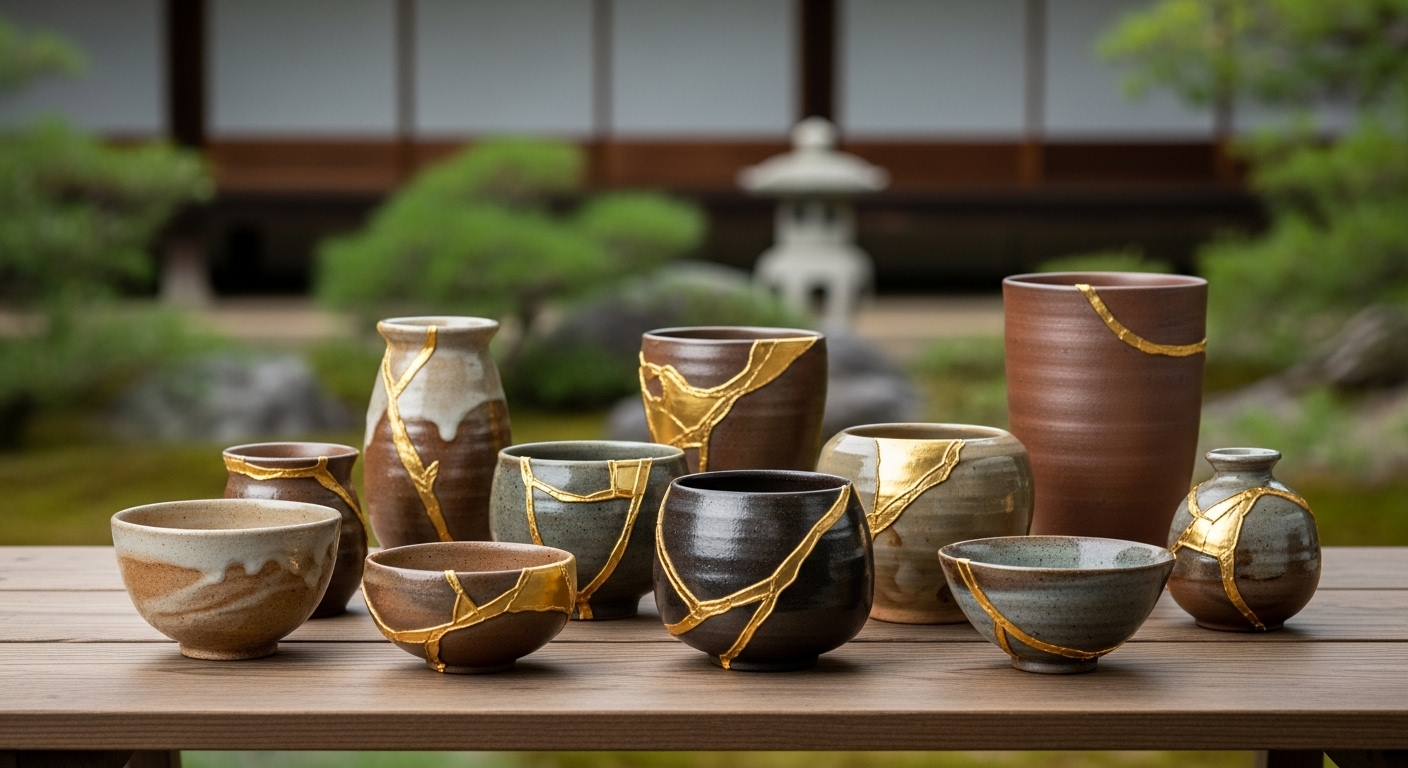
Its organic imperfections make it the perfect medium for Kintsugi repair, where each flaw becomes a feature.
Japan Broken Pottery as a Metaphor
Today, Japan broken pottery is not only appreciated as an art form but also as a metaphor for life. It teaches that broken things can become even more beautiful when cared for and embraced—not erased.

As a result, Kintsugi has inspired movements in mental health, mindfulness, and sustainability. It’s a reminder that nothing is ever truly ruined—it just changes.
